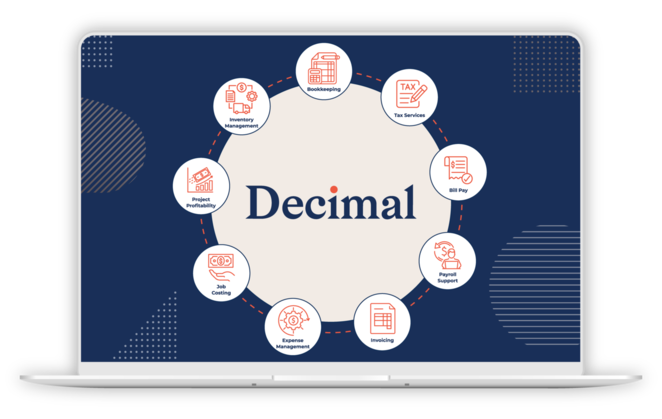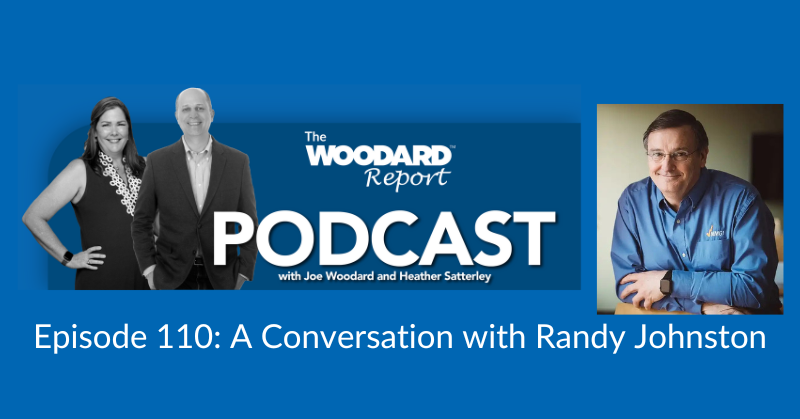At the end of the year, your clients are staring down deadlines, scrambling through receipts, and second-guessing their next financial moves. When you step in with clarity, strategy, and calm, you build trust that lasts far beyond Q4.
Number crunching doesn’t earn client loyalty. Problem solving during crunch time does. And in this business, loyal clients don’t just stick around. They’re willing to invest more in your expertise and send others your way.
So, how do you make sure you’re not missing the chance to deepen those bonds when it matters most?
Let’s unpack the signs your firm might be leaving loyalty on the table and how to build it back with smarter collaboration, better communication, and tools designed to keep clients feeling seen and supported year-round.
5 signs your firm is missing chances to build client loyalty
In the thick of tax season and year-end chaos, it’s easy to become what we might call a financial first responder, rushing from one deadline and client emergency to the next. But if the only time your clients hear from you is when due dates loom, you’re leaving relationship equity on the table.
True loyalty isn’t built through transactional touchpoints. It grows with ongoing communication, proactive guidance, and consistent visibility that remind clients you’re invested in their success, not just their compliance.
Here are a few signs your firm may be missing key loyalty-building moments:
1. You only communicate during crunch time
When the only messages clients get are deadline reminders, invoices, or urgent document requests, your firm becomes synonymous with stress instead of strategy.
2. You wait for clients to ask questions
Clients want to feel guided, not left guessing. If your communication is purely reactive, they’ll eventually look for an advisor who anticipates their needs.
3. You treat every engagement the same
Not all clients have the same priorities. Some value tax efficiency above all else; others want deeper advisory insight through Client Advisory Services (CAS). Missing those nuances can make your service feel generic, and loyalty thrives on personalization.
4. You track deliverables, not relationships
If your team only measures success by the number of returns filed or reports sent, you’re missing the bigger picture. Loyalty comes from understanding a client’s goals, pain points, and blind spots, not just their balance sheet.
5. You make insights harder to access
When clients have to dig for updates or data, their confidence takes a hit. Transparency builds trust, and giving clients clear, real-time visibility into their financial picture shows them you value their time as much as your own.
Closing these gaps starts with reframing how you collaborate with clients in Q4.
Strategies to elevate client collaboration in Q4
Year-end decides whether client loyalty deepens or drifts. This is the moment to go beyond routine check-ins and position your firm as the steady voice that helps clients close the year and approach the next with clarity, not confusion.
Here’s how to make every interaction count:
1. Schedule year-end check-ins that add real value
A quick year-end meeting can be your most strategic interaction of the year. Use this time to review the client’s financial story, not just their numbers.
Bring valuable insights that help them plan ahead:
- Where cash flow is tightening
- Where expenses could be optimized
- How performance compares across periods or client groups
With flexible, filterable reporting tools, you can pull data by date, client type, or staff member to tell a sharper story about the year that’s closing and the opportunities in the one ahead.
These conversations prove that you’re a partner who’s invested in their growth. When clients feel you're watching out for them beyond the basics, trust follows.
2. Offer proactive tax planning before the year closes
Don’t wait for clients to ask what they should do before December 31. Reach out first with actionable ideas and adjustments they can make now to minimize liability or improve next year’s position.
Year-end is your proving ground. Turn next year’s potential surprises into a workable strategy, and clients will see you not as a seasonal problem solver, but as their trusted advisor for every chapter ahead.
3. Use client portals to improve transparency and collaboration
Most firms keep clients in the dark unintentionally. If they’re unsure if you received their documents yet, wondering what’s next, or waiting days for a simple update, you feel less like a trusted ally. Client portals replace disconnected communication and are the thread that keeps you connected to clients 24/7.
When they can securely upload documents, track project status, or make a payment without sending an email, everyone saves time and clients gain confidence.
Client portals eliminate information gaps, reduce the communication burden, and provide visibility into the progress of ongoing work. For firms, that means fewer missed messages and faster turnaround. For clients, it means peace of mind knowing that nothing is slipping through the cracks.
Client loyalty is a byproduct of better practice management
Even the most client-focused firm can’t deliver the kind of consistent client experiences needed to build loyalty without the right systems behind the scenes.
Accounting practice management tools transform good intentions into reliable follow-through and create the kind of experience clients remember at year-end and year-round.
The best-in-class platforms include features built to simplify communication, streamline workflows, and reduce individual workloads across your firm.
Transparent communication to build trust
Every loyal client relationship starts with transparency. That’s especially true at year-end, when clients are anxious for updates and clarity around what’s been filed, billed, or finalized.
Practice management platforms with centralized communication tools and shared client portals keep everyone on the same page and give clients extra visibility into the work happening on their behalf.
Client portals offer self-service freedom. When clients want to pay, look at reports, send a message, or look at progress overviews, they’re one secure login away. With updates, invoices, and reports organized in one place, clients feel informed and valued (and you send fewer status emails in the process).
Workflow automation keeps deadlines on track
Few things shake confidence faster than a missed deadline. In just one year, the AICPA Professional Liability Insurance Program saw professional liability insurance claims involving late filings jump from 25% to 37%.
Workflow automation helps firms prevent those slips before they happen. With clearly mapped tasks for each user, automatic due-date tracking, and team notifications, nothing falls through the cracks.
When tasks move seamlessly from one stage to the next, your team stays aligned and managers have instant visibility into progress and potential bottlenecks.
Automated workflows are excellent for efficiency, but they’re also the best way to prevent deadline oversights and show clients that your firm is dependable under pressure.
Capacity planning protects client experience
Overloaded teams can’t deliver exceptional service, and clients can sense when they’ve slipped down the priority list. Practice management platforms with built-in capacity planning tools give you a clear view of task and project timelines, who's responsible for each step, and where workloads need balancing.
That insight keeps your firm from taking on more than it can handle and ensures every client gets the attention they deserve during and beyond the year-end close. When clients never feel neglected and your team avoids burnout in the process, everyone wins.
Year-end is the start of stronger client relationships
Clients are counting on you to bring calm and confidence to the end of the year. When your firm communicates proactively, collaborates transparently, and delivers reliably, clients notice—and they stay.
Accounting practice management software brings those goals within reach, combining loyalty-building tools like client portals, project management, capacity planning, and detailed reporting into one connected system that helps you deliver exceptional service with less effort.
When your firm guides clients through year-end closing with precision, you both start the new year stronger on an earned foundation of trust, clarity, and focused momentum.
Sponsored Content: This article is generously brought to you by one of our valued sponsors. Their support enables us to continue delivering expert insights and the latest industry trends to our dedicated community of accounting professionals.
.png?width=150&height=63&name=TWRlogo-regmark_blueblack%20(1).png)
.png)










Do you have questions about this article? Email us and let us know > info@woodard.com
Comments: